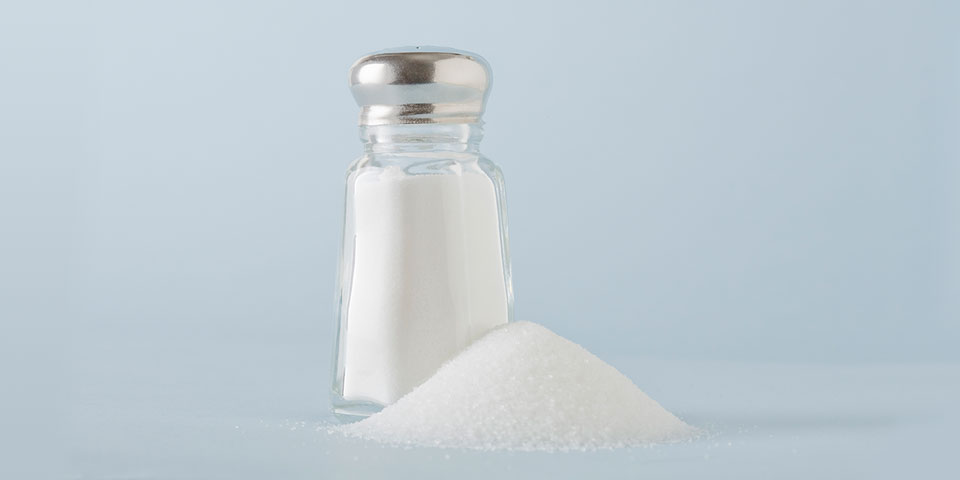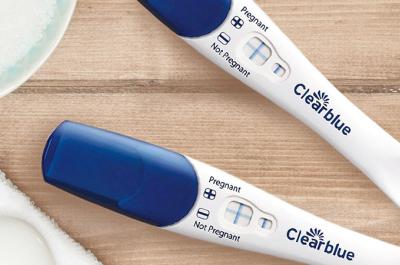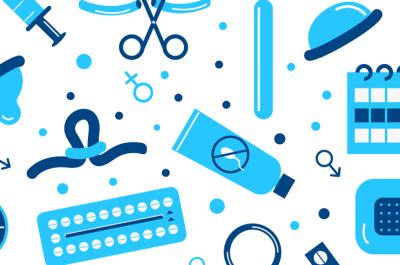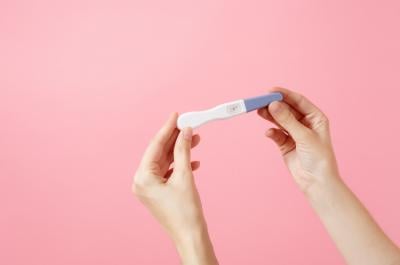Debunking homemade “pregnancy tests”: What you need to know

Before the advent of home pregnancy tests, women used myriad methods to test for pregnancy. In 1350 BCE, for example, women in ancient Egypt urinated on wheat and barley seeds. If the barley seeds grew, it meant you were having a boy. If the wheat seeds grew, it meant you were having a girl. And if the seeds didn’t grow at all, it meant you weren’t pregnant.1 (This, of course, is a myth.)
Thankfully, women today can rely on clear results and accurate answers by purchasing easy-to-use home pregnancy tests. Pregnancy tests, like the range from Clearblue®, detect the pregnancy hormone human chorionic gonadotrophin (hCG), which is the only accurate method you can use at home to know your pregnancy status, the alternative being to see your healthcare professional. And yet whispers and rumors of homemade or DIY “pregnancy tests” are alive and well, passed along in person and online. But know this: None of them have any scientific backing.
Here we look at some popular homemade “pregnancy tests,” explain why they don’t work — and why they could provide unnecessary false hope.
Baking soda pregnancy test
- Myth: Add a couple tablespoons to first morning urine collected in a clean container. If the mixture fizzes, you’re pregnant.
- Fact: Urine is slightly acidic.2 Baking soda (aka sodium bicarbonate) fizzes when it comes in contact with acid.3 There is no hidden meaning in a reaction that occurs from a homemade “pregnancy test” with baking soda. (Also, some people believe if the mixture fizzes you’re having a boy and if it doesn’t, you’re having a girl. This also is not true.)
Dandelion leaves pregnancy test
- Myth: Collect some dandelion leaves and put them in a clean container. Pour enough first morning urine over the leaves to soak them. Wait at least 10 minutes. If red spots or blisters appear on the leaves, you’re pregnant.
- Fact: There is no scientific evidence that hCG can cause a blistering reaction on dandelion leaves.
Salt pregnancy test
- Myth: Combine a couple of tablespoons of salt with some first morning urine. Wait anywhere from a few minutes to quite a few hours, depending on your source. If the mixture turns milky or cheese-like, you’re pregnant.
- Fact: There’s no scientific reason why a salt pregnancy test would work.
Shampoo pregnancy test
- Myth: Fill one bowl with a urine sample. Put some water into a second bowl and add a few drops of shampoo. Mix the solution until it’s soapy. Add the urine to the shampoo and water mixture. If there is hCG is your urine, it will react with chemicals in the shampoo, causing it to froth.
- Fact: Sometimes, urine will cause some shampoos to froth, depending on what’s in the shampoo or urine. However, the frothiness has nothing to do with the presence of hCG.
Soap pregnancy test
- Myth: Add a couple of tablespoons of first morning urine to a small chunk of soap or to dish soap. If the soap becomes bubbly or foamy, you’re pregnant.
- Fact: Just like the shampoo, a chemical reaction may occur depending on what’s in the soap or urine. A reaction between urine and soap has nothing to do with hCG.
Sugar pregnancy test
- Myth: Grab a bowl and add equal amounts of sugar and your first morning urine. If the sugar becomes clumpy, you’re pregnant. If it dissolves quickly, you’re not.
- Fact: hCG doesn’t cause sugar to clump.
Toothpaste pregnancy test
- Myth: Squeeze white toothpaste into a container and add your first morning urine. If the toothpaste changes color, you’re pregnant.
- Fact: Your urine may cause a chemical reaction with the toothpaste that triggers a color change, but that reaction is not indicative of hCG.
Vinegar pregnancy test
- Myth: Add 1 cup of white vinegar to 1/2 cup of first morning urine. If the vinegar changes color and bubbles, you’re pregnant.
- Fact: Urine isn’t clear and, if you haven’t had much to drink, it can be quite dark. Therefore, the natural color of your urine will cause the vinegar to change color, which has nothing to do with hCG levels.
In what could be a life-defining moment, you want a clear, accurate answer. Clearblue® has been delivering those answers for more than 35 years. Save yourself the time, trouble (and mess!) and buy a home pregnancy test.
Sources
- “The Thin Blue Line: The History of the Pregnancy Test,” Office of NIH History & Stetten Museum, National Institutes of Health, https://history.nih.gov/display/history/Pregnancy+Test+Timeline.
- “Test ID: PHU_ pH, Random, Urine,” (n.d.), Mayo Clinic Laboratories, https://www.mayocliniclabs.com/test-catalog/Clinical+and+Interpretive/606510.
- National Center for Biotechnology Information, (2021), PubChem Compound Summary for CID 516892, Sodium bicarbonate, https://pubchem.ncbi.nlm.nih.gov/compound/Sodium-bicarbonate.

What are the early signs of pregnancy?
There are various symptoms that can indicate you might be pregnant, even if you might not experience any/all of them.




